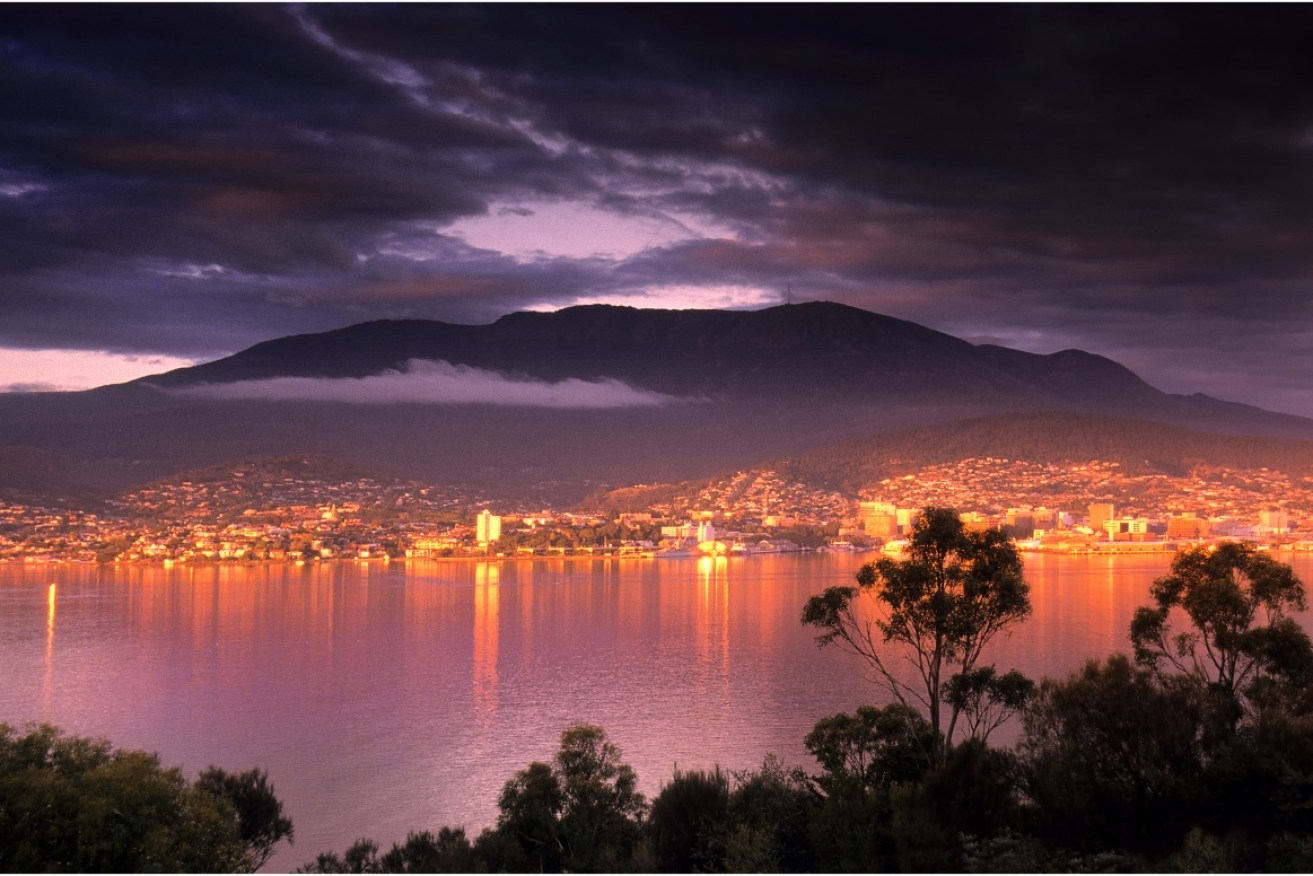Two big surprises in the Australian property market


Hobart was one of the surprise leaders in the Australian property data for June. Photo: Getty
The Australian property market has recovered from its May doldrums, and while investor lending has cooled slightly, there is still plenty of demand for housing, especially in Sydney and Melbourne.
The CoreLogic Home Value Index recorded a recovery from the -1.1 per cent fall in capital city dwelling values in May to a 1.8 per cent rise over the month of June.
Melbourne performed strongly in June with a 2.7 per cent rise in dwelling values, followed by Sydney on 2.2 per cent, while Brisbane dropped to (negative) -0.5 per cent.
Hobart and Canberra were the two big surprises, leading the field at 2.8 and 2.6 per cent of monthly growth respectively.
Figures released by the Australian Bureau of Statistics on Tuesday show home loans to investors dropped -1.5 per cent in May on the back of a -2.5 per cent fall in April.
Loans to first-home buyers rose 0.2 per cent in May.
These figures come on the back of The Australian Prudential Regulation Authority telling lenders in late March to limit higher-risk interest-only loans to 30 per cent of all new loans.

The sun has been shining on Canberra’s property market. Photo: Getty
According to ABS figures, the biggest increase was among owner-occupier loans, which increased by 2.9 per cent from April.
Looking at the national picture for the entire June quarter, there was a 0.8 per cent rise in total capital city dwelling values, which is the lowest quarterly growth rate since December 2015.
This low figure is partly due to the traditionally poor seasonal performance of housing in April and May.
Melbourne helped lift the performance of the overall capital cities by recording the strongest June quarterly growth at 1.5 per cent.
Sydney came in at 0.8 per cent, while Darwin recorded the nation’s lowest quarterly slide at (negative) -5.2 per cent.
Sydney auction clearance rates were in the high 60 per range over the last three weeks of June, while in Melbourne clearance rates remain above 70 per cent.
Meanwhile, earlier this month the RBA held the cash rate at 1.5 per cent for its tenth consecutive meeting since August 2016.
The beginning of the financial year marked some generous stamp duty concessions for first home buyers.
In Victoria, first homebuyers no longer need to pay stamp duty on homes up to $600,000, while in NSW it’s for homes up to $650,000.
But if the cuts are prompting a surge of new home buyers to revisit a market they were once locked out of, it’s yet to materialise on the spreadsheets.
Despite the slight rise in the percentage of first homebuyers taking out a loan in May, the national auction success rate stayed at a relatively low 70 per cent, according to CoreLogic, on the first weekend the cuts came into effect.
Since January 2009, capital city dwelling values have increased by 69.8 per cent, fuelled by a 110 per cent increase in Sydney values and a 95.3 per cent increase in Melbourne.
The current median dwelling price for Melbourne is $675,000, while Sydney is just under $900,000 at $880,000.
It’s tough news for renters, too.
The Department of Health and Human Services’ recent rental affordability data revealed that a mere 5.7 per cent of new lettings were deemed affordable over the March quarter — the lowest since the report was first compiled in March 2000.








